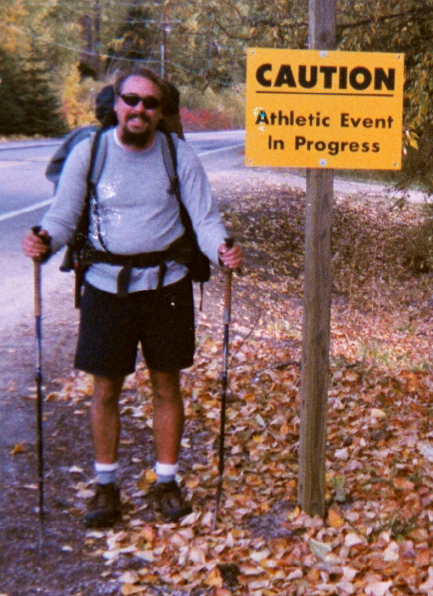Their remarkable three-month, 1,500-mile journey of survival to the Gulf of Alaska was tracked by an underwater acoustic listening network that has wired the West Coast from just north of San Francisco to southeastern Alaska . The tracking network could provide a model for a global system.A salmon's life in the ocean has always been one of nature's best kept mysteries.
However, scientists using the Pacific Ocean Shelf Tracking network have made some startling discoveries that challenge long-held beliefs about salmon survival and raise new cautions about how global warming may affect salmon and other marine species.[...]
Juvenile coho salmon, about five inches in length, can travel almost 20 miles a day in the ocean and nearly 40 miles in rivers, or about 200,000 body lengths a day, she said. An average-sized person swimming at the same rate would cover nearly 220 miles a day in the ocean and almost 435 miles in a river, Chittenden said.
Using the tracking system, Chittenden said, researchers also found that wild juvenile salmon take less time to enter the ocean than hatchery fish, perhaps because the hatchery fish tend to be heavier and slower. And wild fish adapt faster to saltwater than hatchery ones.
Maybe we can save the salmon from ourselves.



No comments:
Post a Comment